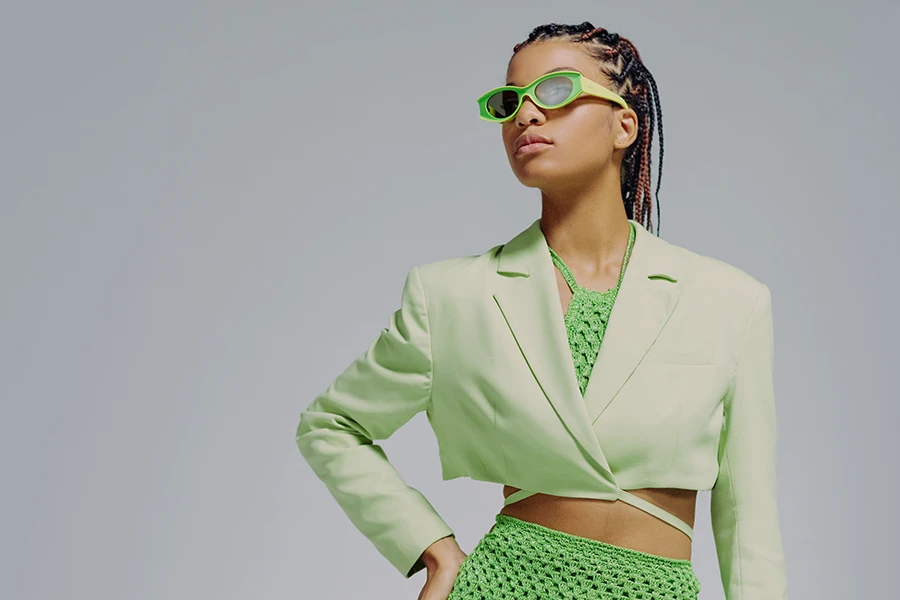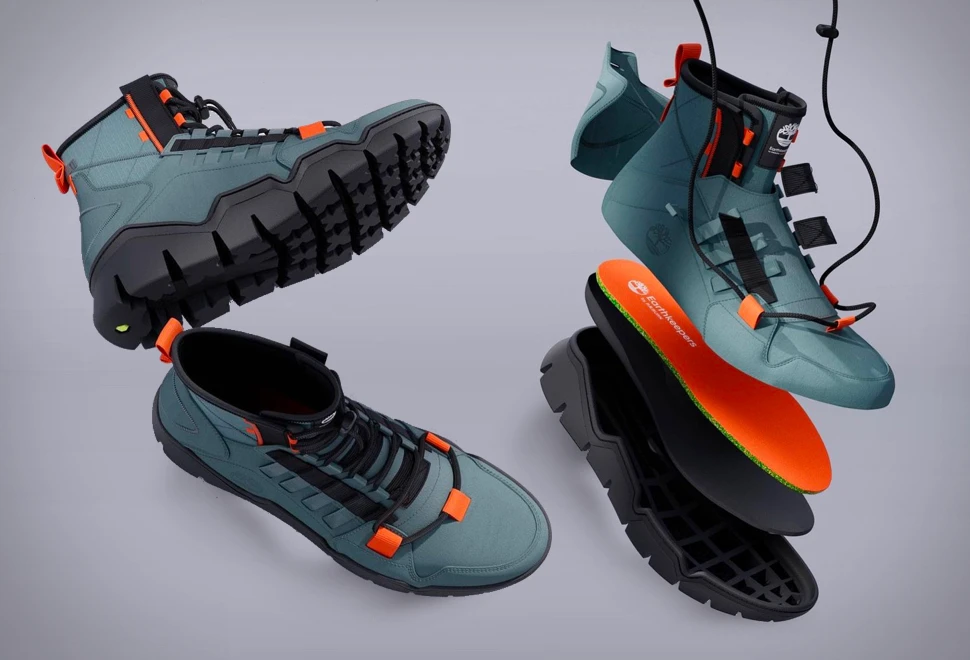The circular economy and fashion
22 March 2023
We are living in uncertain times where we are trying to reach circular results with linear methods. Sustainability is a driving force in all aspects of life and more industries are trying to alter their operations to reach carbon neutral goals.
The retail industry generates 92 million tonnes of textile waste a year, arguably one of the largest contributors to pollution levels globally. 2023 has delivered a shift in demand with 62% of consumers keen to purchase from brands that believe in reducing plastics, waste and improving the environment. The time is right for slow, circular, sustainable fashion to really take shape.
What is Circular Economy?
The circular economy refers to a new system that aims to tackle global challenges such as climate change, biodiversity loss, waste and pollution. For this to be successfully implemented into business management strategies, brands must adapt to restorative and regenerative design techniques in order to keep materials in use for as long as possible, ensuring value is extracted at every stage of the life cycle.
Using the three core principles; eliminate waste and pollution, circulate products and materials at their highest value and regenerate nature, the fashion industry can become driven by designing out the problem.
Circular economy offers a contrasting technique to the linear ‘take-make-waste’ model.
Time to scrap the ‘take-make-waste’ model
Most industries currently operate on a linear scale and both brands and consumers are to blame. Consumers still have a tendency to treat clothes as single use items with the average piece of clothing being worn 36% less than it was 15 years ago. In fact, according to Rethink Global, we keep half of the clothes we buy for 12 months.
With this statistic in mind, a company that are doing all they can to adopt a circular business model is Timberland, who have recently unveiled their first full circular shoe.
Their new boot ‘The Timberloop’ is a circular design platform that encourages customers to give their worn Timberland apparel back to store in return for new products. This strategy prevents Timberland products from ending up in landfill and is a steppingstone towards their ultimate goal of sourcing natural materials through regenerative agriculture.

But why is all of this so important?
Aside from environmental factors, a Forbes report delves into the business attributes that can be improved by implementing circular business models.
Many companies strive for a low carbon footprint and becoming circular is a great way to help reduce emissions. With some consumers being more socially and environmentally aware, the clothing industry should deliver more ethical products for a competitive edge.
Environmental initiatives can generate strong customer relationships, as well as increase sales and revenue. This is backed up by a Unilever report on their range of home and lifestyle products, with Sustainable Living Brands growing 69% faster than the rest of the business and delivering 75% of the company’s growth.
Future Vision for Circular Business Development
The overarching vision of circular fashion aligns with the principles of the general circular economy concept of restorative and regenerative design to provide benefits for business, society, and the environment.
The opportunity for circular fashion is at arm’s reach, with Mintel predicting that individuality and circular habits will drive longer term growth from 2025–27.
What is Elite Labels doing to adopt circular fashion practises?
With retail’s environmental impact front of mind for consumers and retailers alike, Elite Labels is committed to genuine sustainability throughout our supply chain, from the raw materials to the finished product and shipping.
For us, sustainability involves addressing the entire system through which the product is delivered as well as life cycle of a product, from where and how it’s made. We have worked hard to deliver our customers with a range of products using recycled and sustainable raw materials such as using recycled polyester from ‘post-consume’ plastic bottles to manufacture polyester woven labels.
This extends as far as the high quality blank t-shirts, hoodies, joggers and sweaters we use, which are all made from 100% recycled materials which otherwise would been destined for landfill.
We understand a sustainable future is critical to retail and business success and therefore our aim is to grow our customer base whilst using less, and being more ethical in our choices.